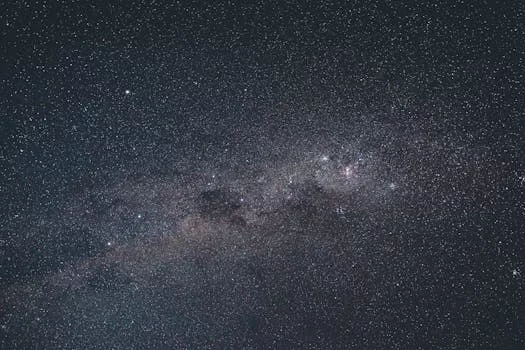
“
Beyond the Milky Way: Imagining New Worlds and Possibilities
Introduction to the Cosmos
Beyond the Milky Way: Imagining New Worlds and Possibilities is an exciting journey through the vast expanse of space, exploring the mysteries of the universe, and discovering new worlds and possibilities. The Milky Way, our home galaxy, is just one of billions of galaxies in the observable universe, each containing billions of stars and potentially habitable planets.
The universe is estimated to be around 13.8 billion years old, with the first stars and galaxies forming around 13.6 billion years ago. Since then, the universe has been expanding, with galaxies moving away from each other at incredible speeds. This expansion has led to the formation of galaxy clusters, superclusters, and even larger structures, such as the cosmic web. For a deeper dive into the concept of galaxies, check out Galaxies of Dreams: How Imagination Transcends the Night Sky.
Exploring New Worlds
As we explore the universe, we are constantly discovering new worlds and possibilities. From exoplanets orbiting distant stars to mysterious phenomena like dark matter and dark energy, the universe is full of secrets waiting to be uncovered. The discovery of exoplanets, in particular, has opened up new avenues for the search for life beyond Earth. For insights on how imagination plays a role in this exploration, read Beyond Stars: Where Imagination Takes Flight.
Using advanced telescopes and space missions, scientists have discovered thousands of exoplanets, ranging from small, rocky worlds to large, gas-giant planets. Some of these exoplanets are located in the habitable zones of their respective stars, where conditions are suitable for life as we know it. The search for life on these exoplanets is an active area of research, with scientists using a variety of methods, including the transit method and the radial velocity method, to detect biosignatures.
Possibilities and Implications
The discovery of new worlds and possibilities has significant implications for our understanding of the universe and our place within it. The possibility of life beyond Earth raises fundamental questions about the origins of life and the potential for intelligent life elsewhere in the universe. Additionally, the search for extraterrestrial intelligence (SETI) is an ongoing effort to detect signs of intelligent life elsewhere in the universe. Using radio and optical telescopes, scientists are searching for signals that could indicate the presence of an intelligent civilization. The discovery of such a signal would be a major breakthrough, with implications for our understanding of the universe and our place within it. For more on the topic of imagination in the cosmos, explore Soaring Through the Cosmos: The Power of Imagination Beyond the Stars.
Takeaways
- The universe is vast and full of mysteries waiting to be uncovered.
- The discovery of exoplanets has opened up new avenues for the search for life beyond Earth.
- The possibility of life beyond Earth raises fundamental questions about the origins of life and the potential for intelligent life elsewhere in the universe.
- The search for extraterrestrial intelligence (SETI) is an ongoing effort to detect signs of intelligent life elsewhere in the universe.




